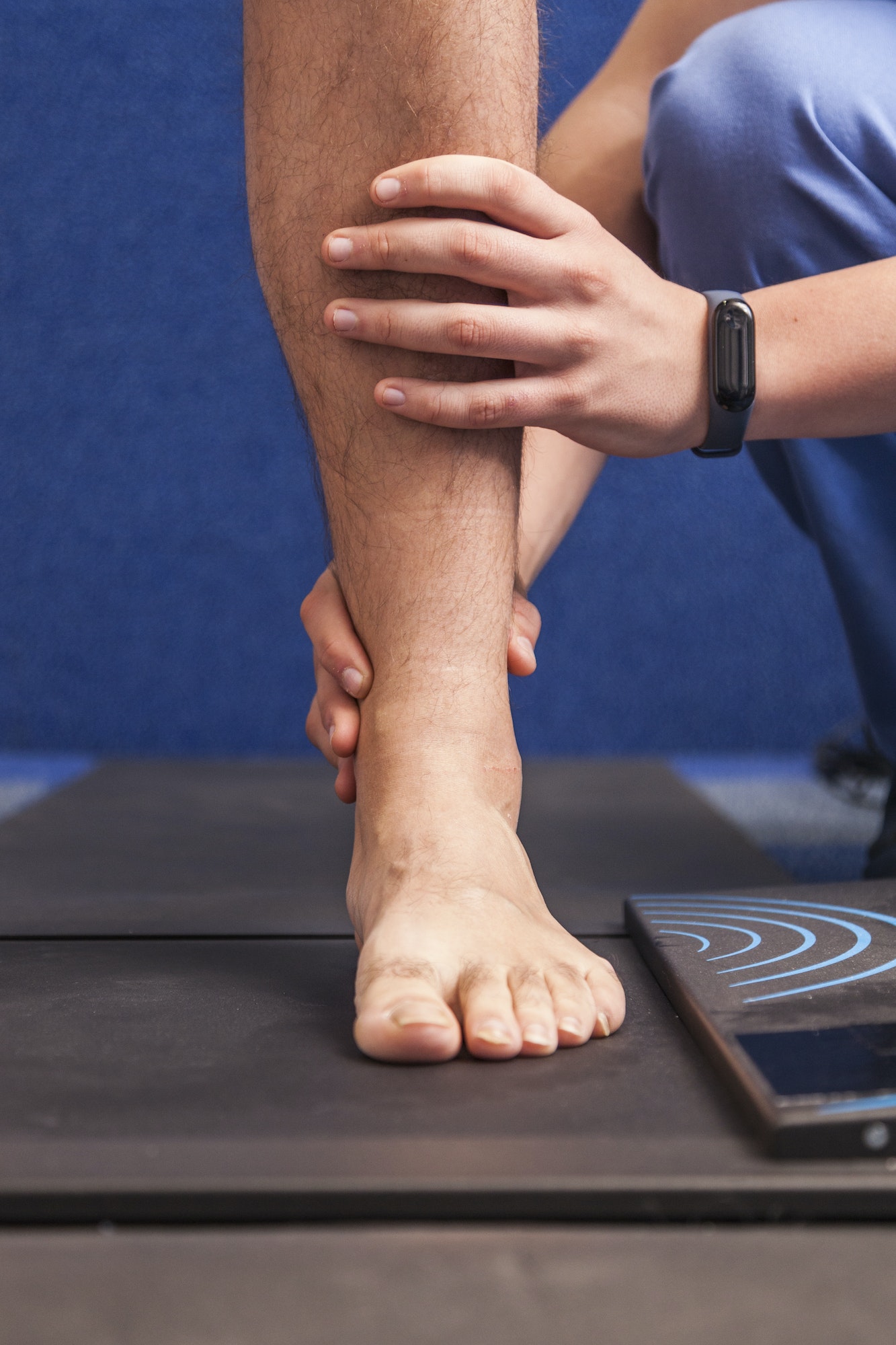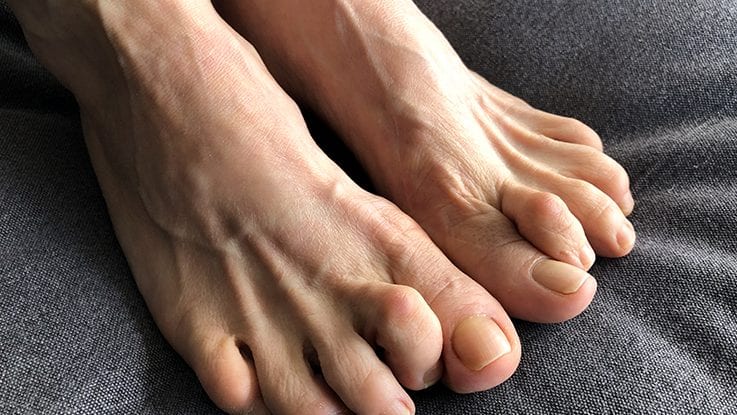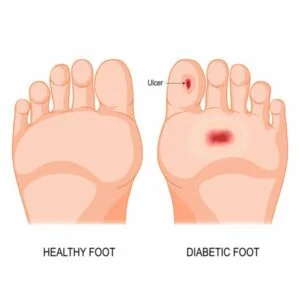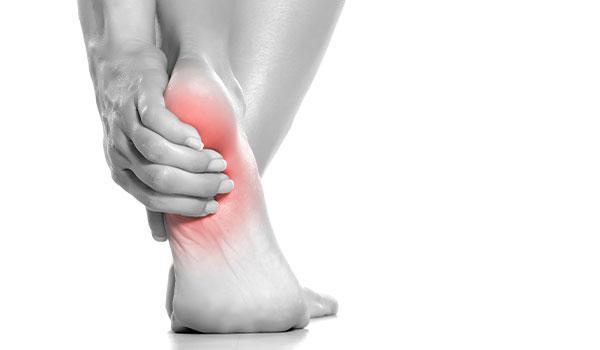Weil Foot & Ankle Institute
Weil Foot & Ankle Institute
The Midwest's Premier Podiatry Practice
Weil Foot & Ankle Institute is a trusted, multi-state podiatry practice headquartered in Mount Prospect, IL. For more than 50 years, we have been committed to improving the quality of life in a patient-focused environment, by providing the most innovative and knowledgeable foot and ankle care available. We strive to be an employer of choice by encouraging a collaborative work environment that translates to excellent care for our patients and a top workplace for our employees!

Expert Podiatric Care in a Family Environment

Our Values
We are committed to improving the quality of life in a patient-focused environment by providing the most innovative and knowledgeable Foot and Ankle care. Our vision is to establish Weil Foot & Ankle Institute as the world’s premier and most trusted leader in the delivery of Foot and Ankle healthcare through innovation, research, and patient experience.
Integrity
Tradition
Tradition
Innovation
Innovation
Caring
Caring
Trust
Trust
Excellence
Excellence
We Treat all Foot and Ankle Issues
What Our Patients are Saying
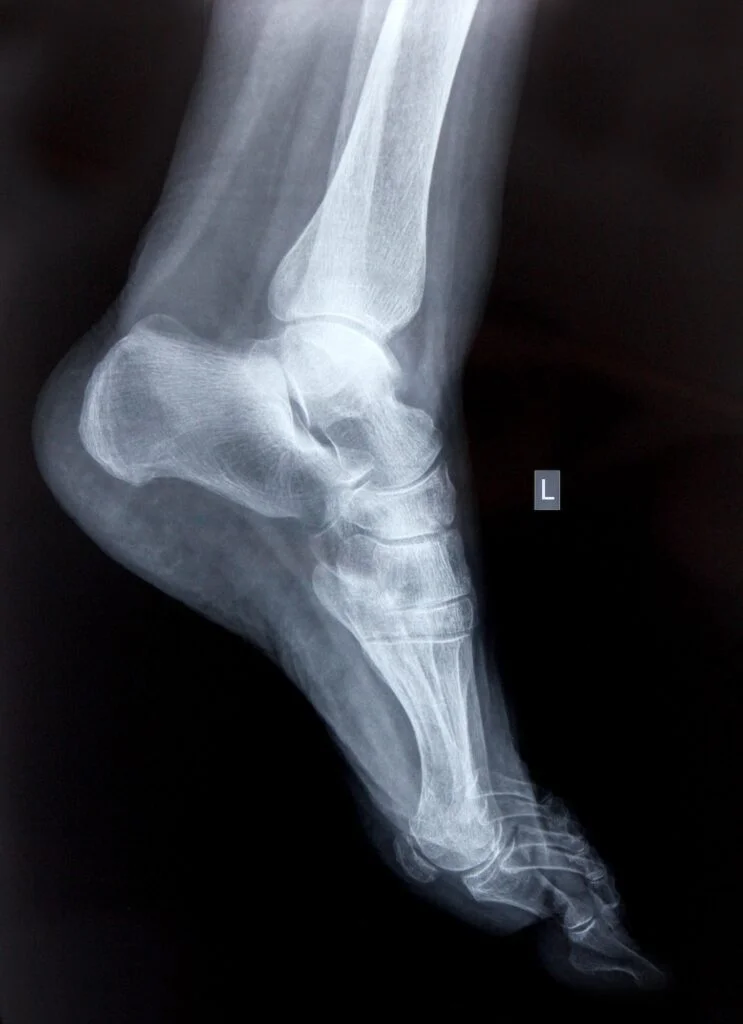
Innovative Treatment
Services and Technology
At Weil Foot & Ankle Institute, we are committed to using cutting-edge technology and resources to provide the highest quality podiatry care to our patients.
Our award-winning podiatrists and physical therapists provide a wide range of innovative treatment options to get our patients back on their feet.
Weil Foot and Ankle Institute
Premier Podiatry Clinic
All Major Insurances Accepted!
Latest From The Weil Journal
The Dos and Don’ts of Hammertoes
Diabetic Foot Care
Types of Heal Pain and What To Do About It

Patient Portal
We provide patients with secure, 24/7 access to their health records through the Standard Promo and Gallery Patient Portal. Patients can safely and easily:
- Update insurance/demographic information
- View summary of chart notes
- Refill requests
- Answering questions about surgery
- Access relevant health education materials


